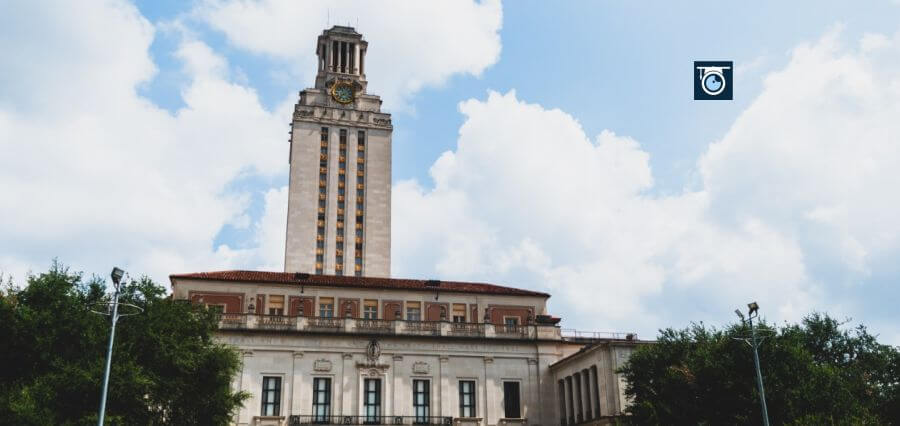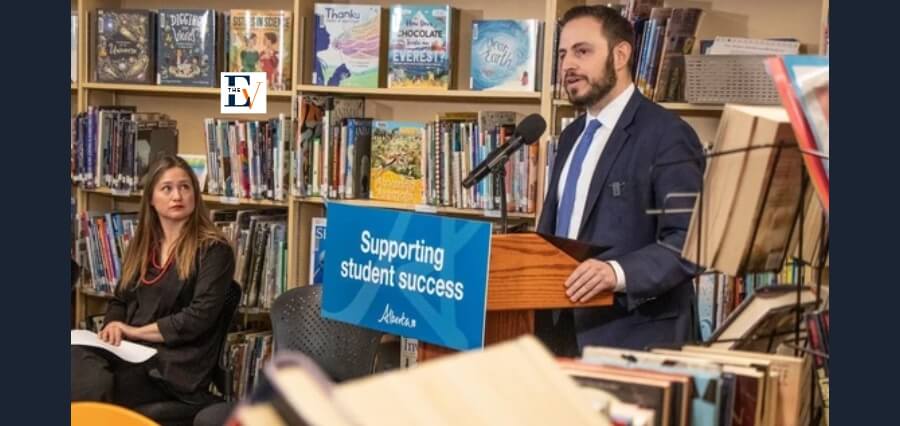As Texas lawmakers consider what to do with an unprecedented $32.7 billion state surplus, leaders of the state’s six most prominent public university systems are pitching that nearly $1 billion be allocated toward higher education. If lawmakers agree, these university chancellors pledge to hold tuition flat for all undergraduate students for the next two academic years.
In a letter sent to Lt. Gov. Dan Patrick, Speaker of the House Dade Phelan, Senate Finance Committee Chair Joan Huffman, and House Finance Committee Chair Greg Bonnen in mid-December, the university chancellors requested more general-revenue funding. Also, additional funding for university employee and health insurance and the program that gives free college tuition to military veterans and their children.
“Our education mission is funded almost entirely by two sources of funding: state support and student tuition and fees,” says the letter, which The Texas Tribune obtained Tuesday. “Without increased state support, Texas institutions must look for additional efficiencies and tuition and fees to maintain high-quality education. Texas universities seek increased state investment to hold tuition flat for our students and their families.”
Six chancellors sign the letter: James Milliken of the University of Texas System, John Sharp of the Texas A&M University System, Renu Khator of the University of Houston System, Michael R. Williams of the University of North Texas System, Tedd Mitchell of the Texas Tech University System and Brian McCall of the Texas State University System.
In the letter, the chancellors argue that today’s students require more hands-on tutoring and advising, increased mental health support, and better technology services when “inflation, supply-chain delays, and skilled labor shortages” are creating challenges.
Overview of Statistics
The chancellors requested a nearly 7% — $352 million — increase in the money allocated through a funding formula for instruction, university buildings, and research, arguing the state needs to increase general funding beyond enrollment growth. Last legislative session, lawmakers added $380 million to the two-year state budget at the previous second to fully fund student enrollment growth.
During the last legislative session, state lawmakers put $486 million more into the funding formulas, which provide money for various functions within public universities, health-related institutions, and community colleges, compared with the previous session.
But funding per semester credit hour, which the Legislature uses to determine how much money a public university receives based on the type of class and enrollment, has continued to decline since 2008. Then, universities received $59.02 per weighted credit hour. Last session, lawmakers approved the biennium’s $55.65 weighted credit hour.
Meanwhile, according to Texas Higher Education Coordinating Board, the average semester tuition and fees for a full-time student at a public university increased by 27% between 2014 and 2021, according to the Texas Higher Education Coordinating Board.
Words from Higher Authorities
The chancellors also proposed that the state put $80 million in funding specifically toward regional universities, which include schools such as Texas A&M International University in Laredo and the University of Texas at Tyler in East Texas. Last legislative session, lawmakers created a program to put additional funding toward the regional public universities and allocated a year in federal financing toward those schools. The chancellors say additional funding would enable those schools to help at-risk students complete college.
The chancellors also renewed a consistent request each session to get more state funding for the Hazlewood Legacy Program, which provides free tuition for qualifying military veterans and their families.
According to the letter, universities waived $176.4 million in costs for qualifying veterans’ kids in 2021, but the state’s reimbursement covered only 13% of that cost. Chancellors argued that it shifts the cost of the program to other students who are paying tuition and means that even when the state provides the same amount of funding as previous bienniums, universities start every two years with a funding deficit. They ask the state to reimburse universities to cover the costs of veterans’ dependents, an estimated $276 million.
Last Words
Finally, the chancellors also ask the state to fund higher education employee health insurance at the same rate as other state employees, which would cost an estimated $290 million. Currently, the state covers less than 80% of the rate for state employees, according to the letter.
The proposal detailed in the letter applies only to universities, referred to as general academic institutions, and not health-related institutions within these systems. However, chancellors say those with health-related institutions in their systems are also requesting similar increases in the funding formulas for those schools.






